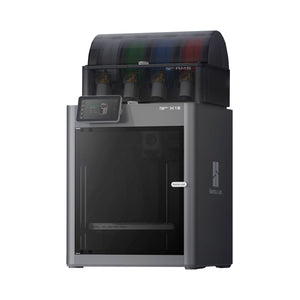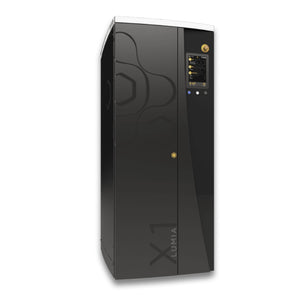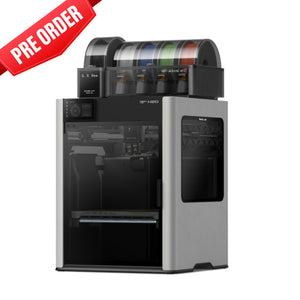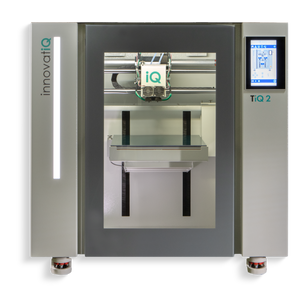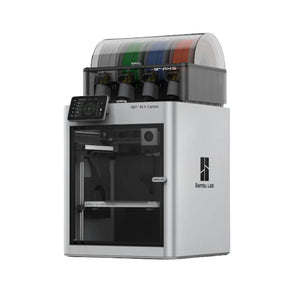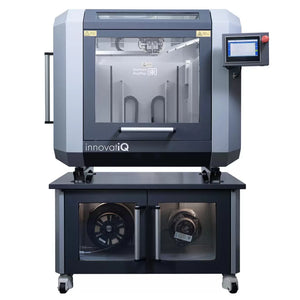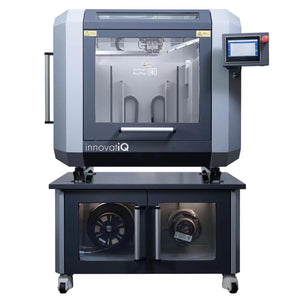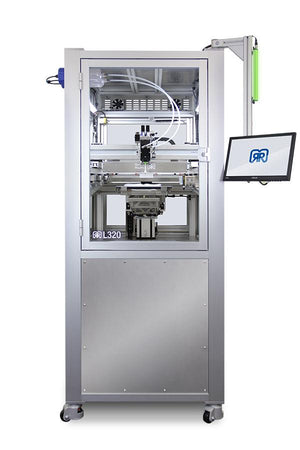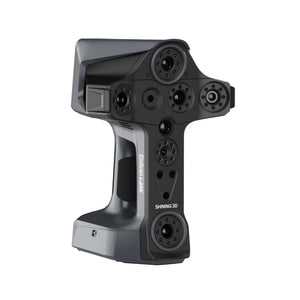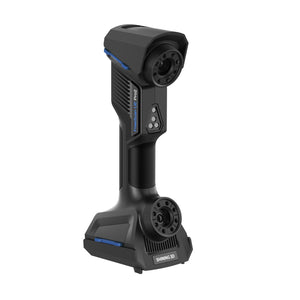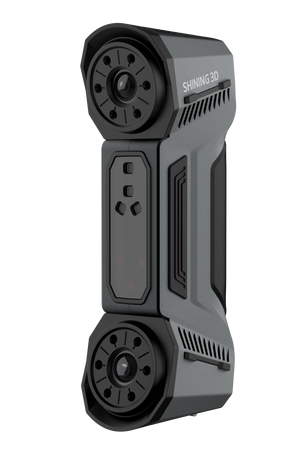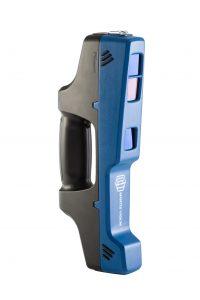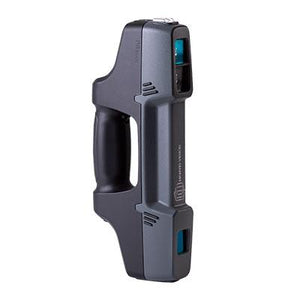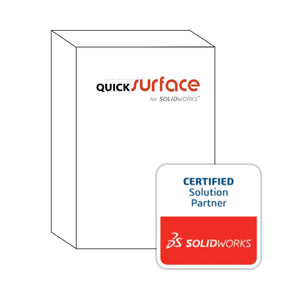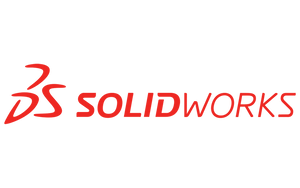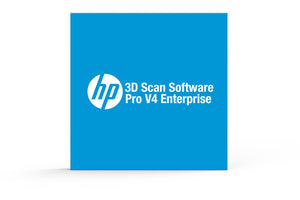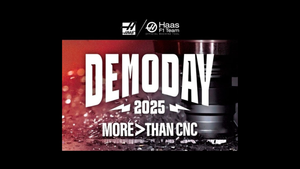Aug 11, 2025
The Real Price of a Small Breakdown
It never looks like a crisis at first.
A small part gives out. Maybe a bracket, maybe a guard. It is not glamorous, and it is not catastrophic either. You have seen this movie before.
You check the shelves. Not in stock. The good news is the part is cheap. The bad news is it is sitting in a warehouse halfway around the world. Delivery will take a week, maybe two.
No panic yet. You move people around, shift production to other areas, and tell yourself it will be fine.
And at first, it is. Orders still go out. Machines still hum. But underneath, the balance is starting to tilt. The shift you made to cover the gap starts slowing other work down. The workaround is quietly building a bottleneck.
By the time you notice, it is already part of the schedule. Output is dragging. Deadlines are creeping. Customers are waiting.
Then the math hits you. The line you slowed is the profit driver. Every day it is not running at full speed, you lose $15-20k in profit. Seven days waiting for a $5 part just turned into a six-figure problem.
The time to think about these problems is before they happen. Look at your likely failure points. Develop replacement parts now, run tests to confirm they work, and have them queued so the fix is as simple as pressing a button.
If you have the bandwidth, start building that library today. If not, look for a partner who can help with the heavy lifting, from scanning and CAD modeling to material testing and ready-to-print files. It is an investment that can pay for itself the first time you avoid a major shutdown.
Additive manufacturing will not solve every breakdown. But with the right prep, it can keep a hiccup from turning into a disaster.


